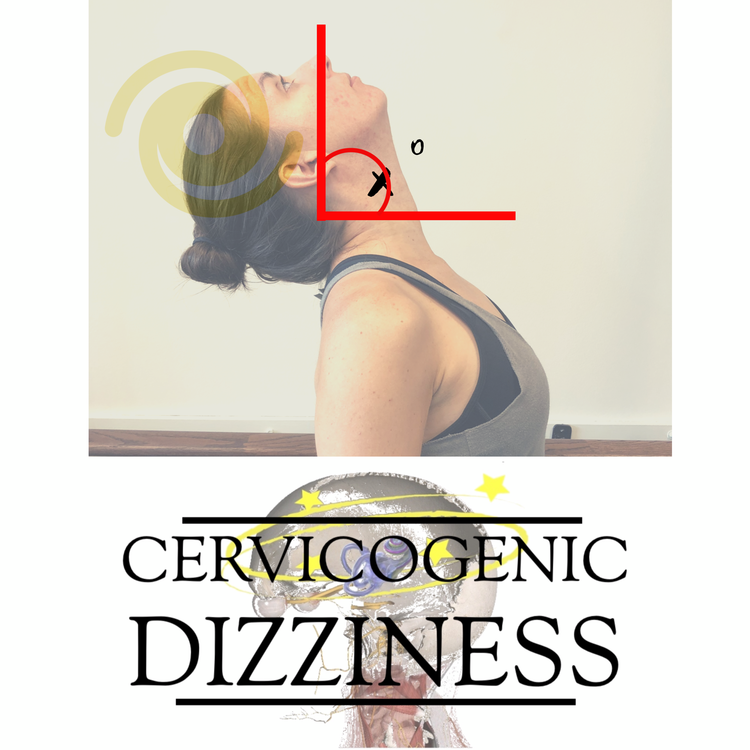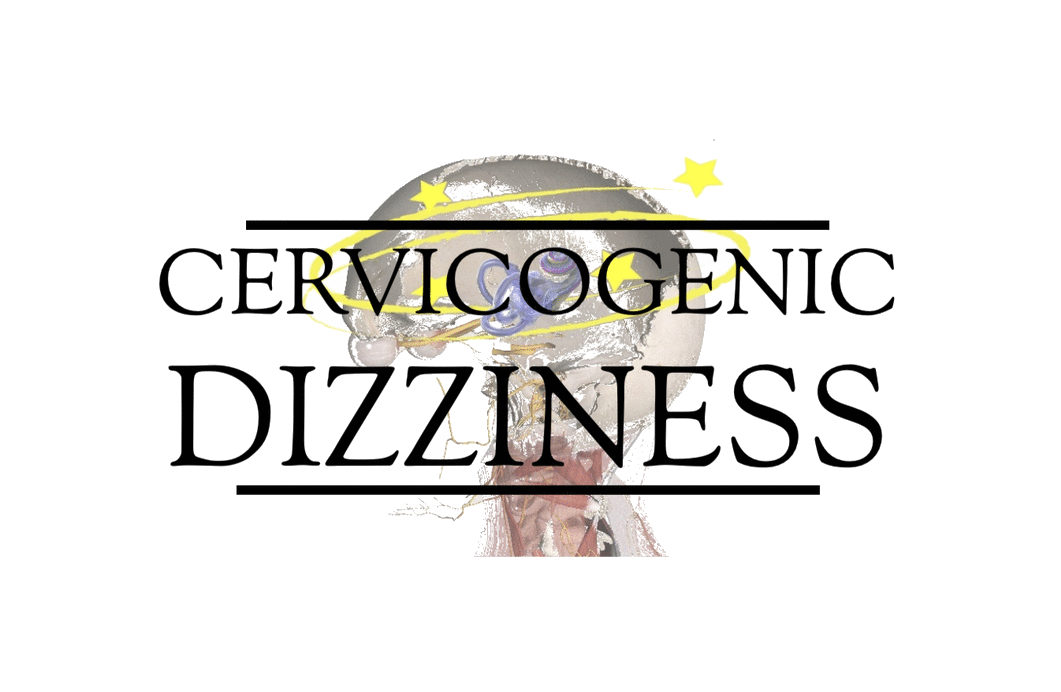
CERVICOGENIC DIZZINESS: FINALLY. AFTER 17 YEARS, IT'S HERE.
Through my professional life, I have always heard it takes 17 years for evidence to be implemented into clinical practice. With technological advancements in social media and search capabilities to gain knowledge from literary papers, I feel this number has to be much less nowadays.

While teaching this past weekend, I brought this up. One of the participants has been treating for 41 years, yes, 41 years! She quickly reminisced of how different things were back then to share with the class. Of course obtaining more knowledge and reading papers isn't a quite Google search and follow someone popular on social media platforms. During those years you actually had to go and search for what you're looking for professionally. Makes us feel lazy now doesn't it...
The timing of 17 years is coincidental in the context of Diagnosing Cervicogenic Dizziness. Anyone who has had any interest in this topic has read Diane Wrisley's work: Cervicogenic Dizziness - a Review of Diagnosis and Treatment in our own JOSPT from the year 2000. It is well cited throughout other profession's works and continues to be almost a "gold standard" go-to when talking about this topic. You can find it easily online here.

17 years later, in 2017, Alexander Reiley and colleagues right down the road from me at Duke University came out with an updated paper entitled, "How to diagnose Cervicogenic Dizziness". Within the journal Archives of Physiotherapy, this is an excellent article and has some updated information on the topic. As an open access article, you can also access it easily online here.
Some of you may think, Harrison---why are you sharing these articles as this is what you and your wife teach during the entire first day on your course circuit! The purpose of our course is to get this information OUT THERE---to propel our profession forward as the go-to providers to treat Cervicogenic Dizziness / Cervical Vertigo. We have the background training, the openness in our diagnostic and treatment approaches, the integration of vestibular and manual therapies specialities to change lives.
Also---as I said this past weekend to class participants---we have known about Mark Laslett's SIJ cluster for 10 yrs to diagnose SIJ dysfunction---but we continue to search how to best to TREAT it.
Well---you can always read in papers how to diagnose something, but we do offer our solutions to TREAT it on our second day. :)
Coincidence of 17 years with update in this diagnostic process system in our professional journals...maybe so.
Cervicogenic Dizziness Course
You can learn more about the screening and treatment process of Cervicogenic Dizzinesss through Integrative Clinical Concepts, where the authors (husband–a manual therapist a wife—a vestibular specialist), teach a very unique course combining both the theory and practice of vestibular and manual principles in their 2-day course. Pertinent to this blog post, the 2nd day includes the “Physio Blend”, a multi-faceted physiotherapist approach to the management of Cervicogenic Dizziness, which includes treatments of the articular and non-articular system of manual therapy and the most updated sensorimotor exercise regimen.
If you would like to host a course for your staff (either a vestibular, neuro, sports or ortho clinic), please do not hesitate to contact me at harrisonvaughanpt@gmail.com for more information.
AUTHORS
Harrison N. Vaughan, PT, DPT, OCS, Dip. Osteopracic, FAAOMPT
Instructor: Cervicogenic Dizziness for Integrative Clinical Concepts
Danielle N. Vaughan, PT, DPT, Vestibular Specialist
Instructor: Cervicogenic Dizziness for Integrative Clinical Concepts



